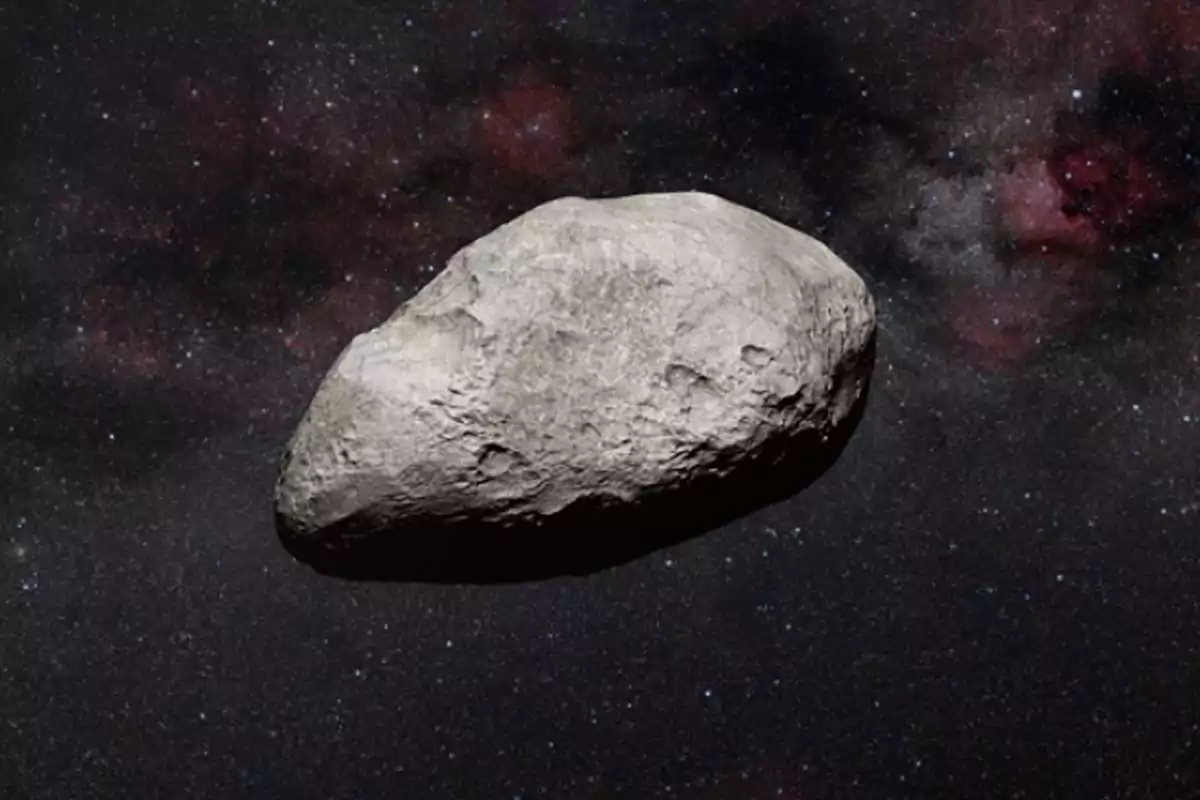
Polyhymnia: the asteroid that could contain matter never before seen on Earth
An asteroid from the solar system could contain exotic elements never observed on Earth
A recent discovery has left the scientific community puzzled: asteroid 33 Polyhymnia could contain unknown chemical elements on Earth. Its density even surpasses that of osmium, the heaviest known metal, which raises questions about the nature of matter in the solar system.
The study published by the University of Arizona in The European Astrophysical Journal Plus suggests that Polyhymnia could be a CUDO (Compact Ultra Dense Object). These are ultradense objects with properties that defy conventional chemistry. Scientists suggest that its core could be composed of exotic materials not yet identified.

An impossible density to explain
Astronomers estimated Polyhymnia's density through observations and found values incompatible with any known element, natural or synthetic. Not even the superheavy elements synthesized in laboratories, such as oganesson, can reproduce the recorded density. This suggests the presence of stable exotic matter inside the asteroid.
Theory and advanced models
To analyze this anomaly, scientists applied the relativistic Thomas-Fermi model, which estimates properties of hypothetical elements beyond the periodic table. The calculations point to a "island of stability" around atomic number Z=164. It has theoretical densities between 36 and 68.4 g/cm³, impossible to reproduce on Earth.
Exotic materials and CUDO
CUDOs, such as Polyhymnia, represent ultradense bodies that could challenge known physical laws. Their study could reveal deposits of inaccessible matter for terrestrial experiments, detectable only in asteroids and meteorites. The scientific community is cautious, but fascinated by the potential discovery.

Implications beyond science
- Could these exotic elements have unprecedented technological or energy applications?
- Would it be possible to exploit them in space mining missions?
Physicist Jan Rafelski, coauthor of the study, calls them unobtainium because they're impossible to obtain under normal conditions. Finding them in our solar system would mean a radical change in the periodic table and in the understanding of the evolution of matter.
More posts: